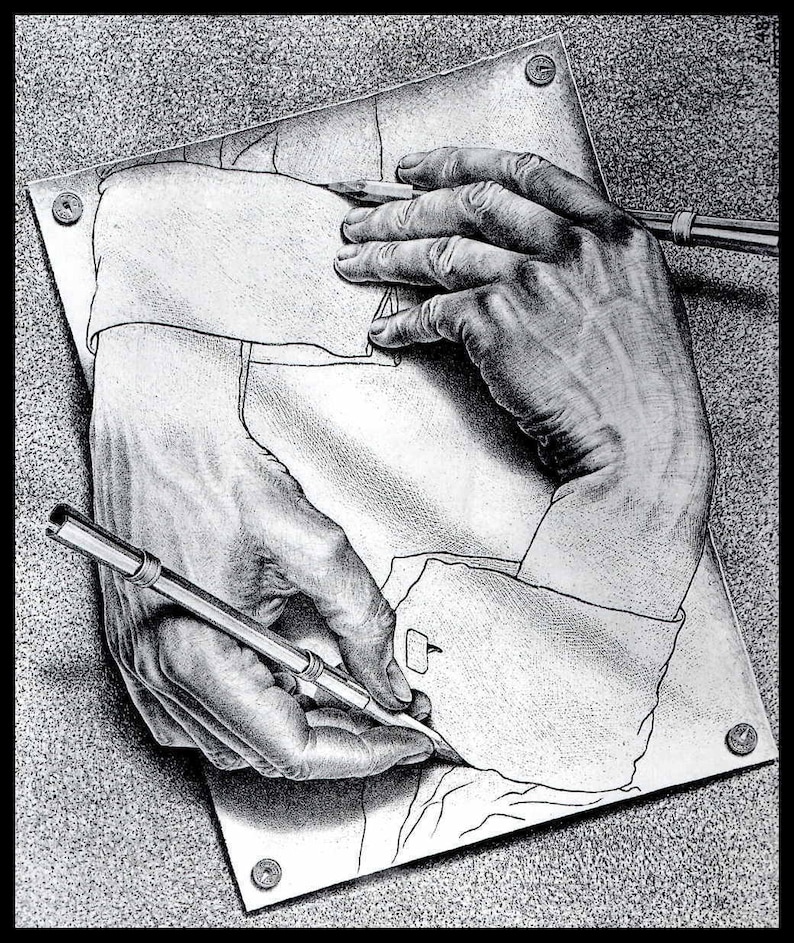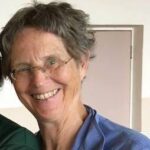That was the question I kept asking during my early years as a doctoral student in philosophy with, you guessed it, a focus on epistemology. I knew, intuitively, with every fiber in my being, that whatever real learning was, it wasn’t what I was doing, carving out and classifying supposedly discrete sensations from the flow into concepts, concepts into words, words into statements according to certain rules, that connected to each other via other rules, and stuffing all that I had earnestly “inductively learned” into a memory box to call upon at will for the purposes of debate. THAT wasn’t real learning. That bored me. I felt like a machine. I might as well have been a machine. 50 years ago. An early AI.
Oh, and by the way, my major professor, Joseph Agassi, told me to ignore my intuition, because it can’t be “proved.”
Even though, by the way again, what prompted me to choose him as my major professor was because the first time he spoke to us first year graduate students he told us that there is no such thing as proof! because any proof relies on a set of assumptions, which themselves must be proved. We back up into infinity that way, empty space. Our entire human world of “learning” is thus exposed, as resting on no foundation, nothing!
It’s obvious to me now, and perhaps was unconsciously to me then as well, that Professor Agassi was of two minds: one “scientific,” in the boring sense, and the other far larger, even endless — and, likely, for the other, smaller, mind, way too frightening to seriously contemplate.
In fact, one could say my professor was exhibiting the traits of both left and right brains!
Okay, let’s start again.
Imagine a teacher deciding that the entire curriculum for his or her students would be an endeavor to understand, stand within, create, learn from, consider, expand, draw parallels to, illustrate, become one with, the phenomenon of mycellium, which entangles everything with everything else, supposedly only under the surface of the earth. In other words, imagine learning, or, I should say, re-membering (putting ourselves back together again) to become one with the whole of creation?
In doing so, we begin to recognize that the linear, causal question, “which comes first, the chicken or the egg?” makes no sense!
We live in a relational world, both within our own beings, and between ourselves and all that exists, including other human beings. There is no escaping entanglement. Not even when we die. Especially when we die! We are food for worms, which nourish the soil, threaded through with mycellium, on and on in the wood wide web.
Emergence Magazine Interview: MYCELLIAL LANDSCAPES
A Conversation with Merlin Sheldrake and Barney Steel, moderated by Emmanuel Vaughan-Lee
Excerpt:
“There’s a picture by the artist M.C. Escher of a hand drawing another hand, which is at the same time drawing the original hand. I don’t know if you’ve seen this. It’s a wonderful image. That’s, for me, a very helpful way to think about these entanglements, because it’s a co-creative, relational space where all the partners involved are helping to build the other. And that changes the way that I understand relationship and entanglement, because it becomes less about a series of dotted lines between individual entities; it becomes a kind of seething relational space, like a fabric that’s living and growing. And that’s why mycelium is a helpful metaphor for me to understand it.” — Merlin Sheldrake



